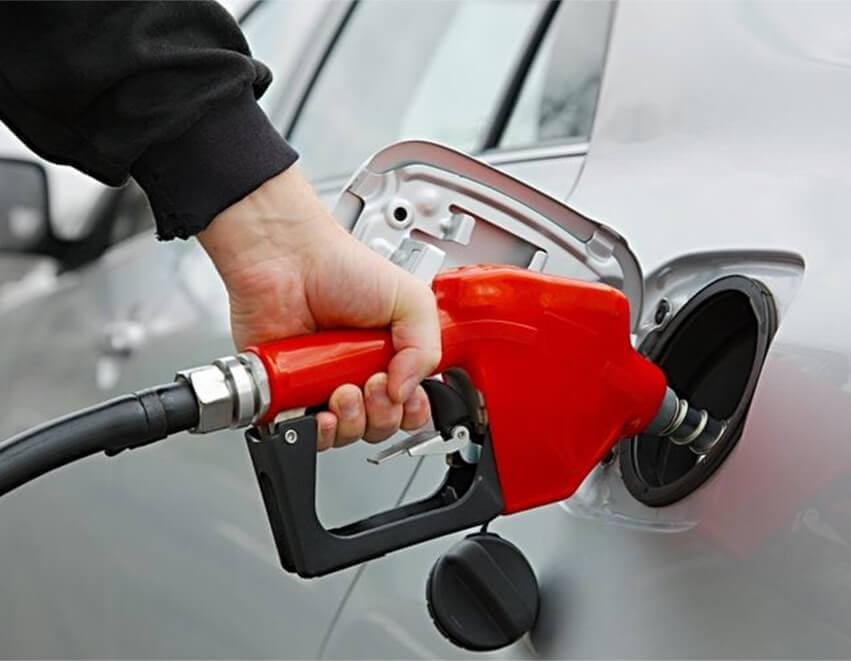Transportation plays a big role in our daily lives. And where there’s transportation, there’s also a need for fuel and of course, fuel dispensers. Fuel dispensers are seemingly simple machines but they play a crucial role in the distribution of fuel and ensure that vehicles, machinery, and other equipment receive the energy they need to […]
Transportation plays a big role in our daily lives. And where there’s transportation, there’s also a need for fuel and of course, fuel dispensers.
Fuel dispensers are seemingly simple machines but they play a crucial role in the distribution of fuel and ensure that vehicles, machinery, and other equipment receive the energy they need to function efficiently.
What exactly is a fuel dispenser? What’s its history and functionality? What are the advancements that have shaped its evolution?
The concept of fuel dispensing dates back to the early 20th century, coinciding with the rise of automobiles. In the early days, fueling stations were basic, with attendants manually pumping gasoline into vehicles. However, as the demand for fuel increased, the need for more efficient and standardized methods became evident.
The first fuel dispensers were rudimentary, resembling hand-cranked water pumps. These early models lacked precision and often led to fuel spillage. The industry recognized the need for a safer and more accurate solution, prompting the development of mechanical fuel dispensers in the 1920s. These devices featured mechanical meters and valves, providing a more controlled and reliable fueling process.

The mid-20th century marked a significant transition from mechanical to electronic fuel dispensers. The incorporation of electronic components brought about improvements in accuracy, monitoring, and payment systems. Electronic fuel dispensers became equipped with digital displays, allowing users to track the amount of fuel dispensed with greater precision.
The introduction of automatic shut-off systems further enhanced safety, preventing overfilling and reducing the risk of fuel spillage. These advancements not only streamlined the fueling process but also contributed to environmental conservation by minimizing waste.
A typical fuel dispenser consists of various components that work together seamlessly to provide a controlled and efficient fueling experience. These components include:
The nozzle is the interface between the fuel dispenser and the vehicle’s fuel tank. It features a trigger mechanism for manual control and an automatic shut-off system to prevent spills and overfilling.
The hose connects the nozzle to the dispenser, allowing flexibility and reach during the fueling process.
The pump is responsible for transferring fuel from the storage tanks to the dispenser. Depending on the type of fuel station, pumps can vary in size and capacity.
The meter measures the volume or quantity of fuel dispensed. Electronic meters have replaced their mechanical counterparts, providing more accurate readings and facilitating advanced monitoring systems.
The display panel, usually digital, indicates essential information such as the amount of fuel dispensed, price per unit, and total cost. It offers transparency to users and helps them make informed decisions during the fueling process.
Modern fuel dispensers are equipped with electronic payment systems, allowing users to pay with credit or debit cards, mobile apps, or other contactless methods.
Fuel dispensers have witnessed ongoing advancements aimed at improving efficiency, sustainability, and user experience. Some notable innovations include:
With the growing emphasis on environmental sustainability, fuel dispensers are adapting to accommodate alternative fuels such as compressed natural gas (CNG), hydrogen, and electric charging stations. This diversification reflects the industry’s commitment to reducing carbon emissions and embracing cleaner energy sources.
Integration with smart technologies has transformed fuel dispensers into intelligent systems. Smart dispensers can communicate with vehicles, providing real-time data on fuel efficiency, maintenance needs, and more. This connectivity enhances fleet management for businesses and offers individual users personalized insights into their fuel consumption habits.
In response to the increasing threat of cyber-attacks and fraud, fuel dispensers now incorporate advanced security measures. Encrypted communication protocols, biometric authentication, and secure payment processing technologies help safeguard user data and financial transactions.
Some fuel dispensers now offer self-service options, allowing users to complete the fueling process independently. This not only reduces wait times but also caters to the preferences of individuals who prefer a more autonomous experience.
One of the notable advancements in fuel technology is the development of portable fuel dispensers. These compact and mobile dispensers allow for on-the-go refueling, making them particularly useful in remote areas or emergency situations where traditional fueling stations may be unavailable.
Portable fuel dispensers provide a practical solution for industries such as agriculture, construction, and outdoor events, ensuring a convenient and reliable fuel supply wherever it’s needed.
Fuel dispensers, once simple pumps on the roadside, have evolved into sophisticated technological systems. From manual hand-cranking to electronic precision to portable fuel dispensers, these devices have come a long way.
AOCHENG is a manufacturer of fuel dispensers—including portable fuel dispensers—tailored for agricultural, industrial applications, and gas stations. Visit our website or get in touch with us for more information about our products.




